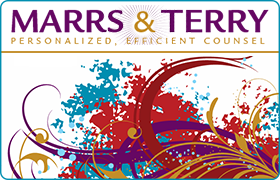 Mohawk Reorganization Lawyers, Michigan
Mohawk Reorganization Lawyers, Michigan
Sponsored Law Firm
-
 x
x

Click For More Info:
-
Marrs & Terry, PLLC
6553 Jackson Road Ann Arbor, MI 48103» view mapBankruptcy & Debt Personalized, Efficient Counsel
Marrs & Terry, PLLC have been helping individuals face a variety of legal challenges, including bankruptcy, estate planning and administration, and family law.
800-862-7221
Warning! No lawyers found in this specified area.
Not enough matches for Mohawk Reorganization lawyer.
Below are all Mohawk lawyers.
Lawyers
1-0 of 0 matches





 Tricia Terry Ann Arbor, MI
Tricia Terry Ann Arbor, MI AboutExperienced Michigan Lawyer
AboutExperienced Michigan Lawyer Articles
Articles